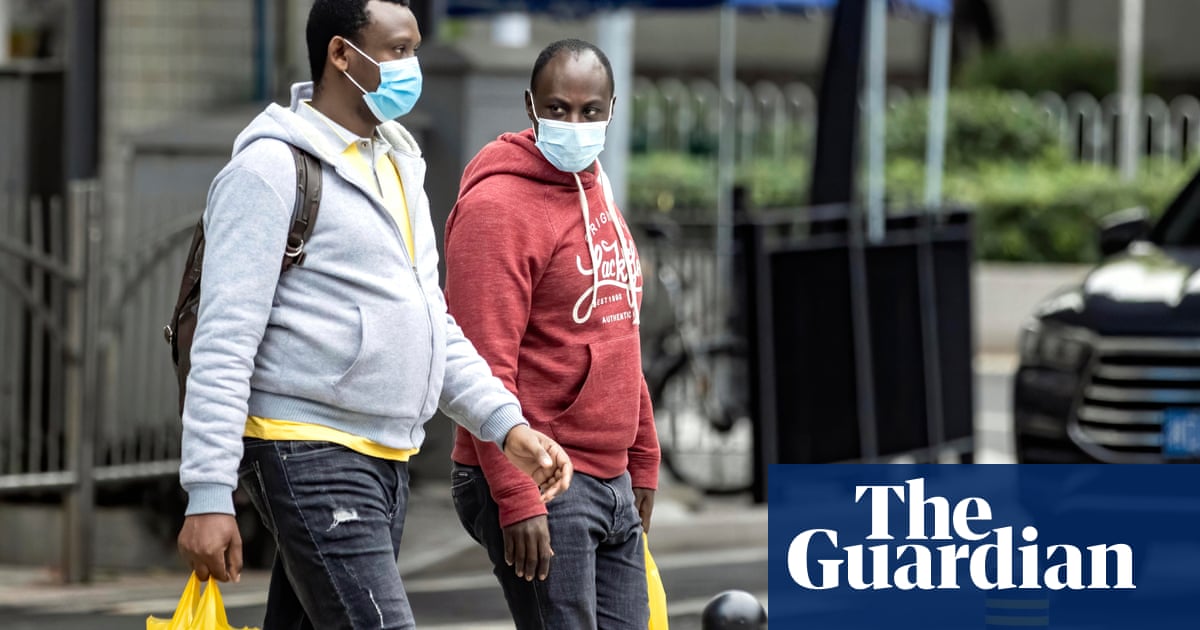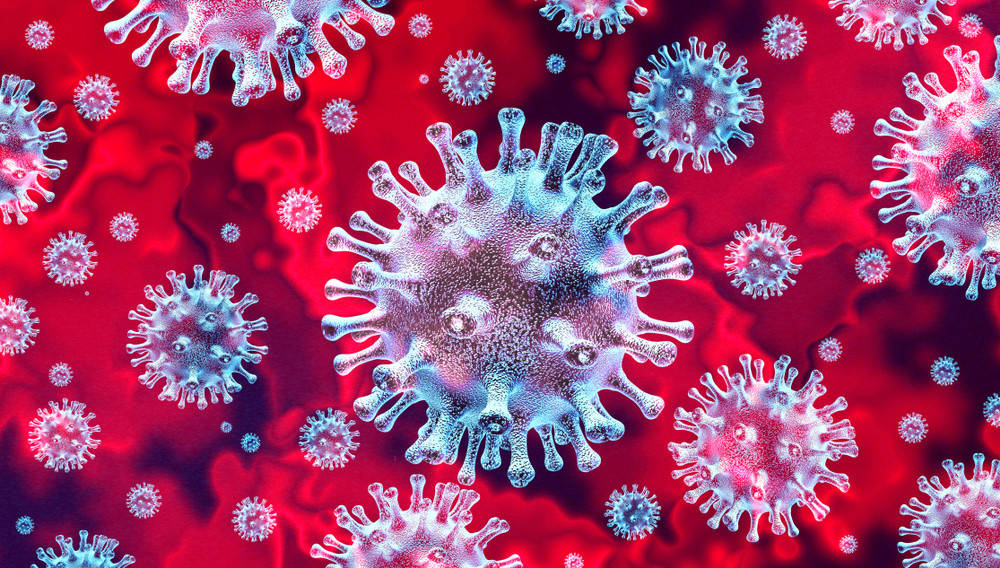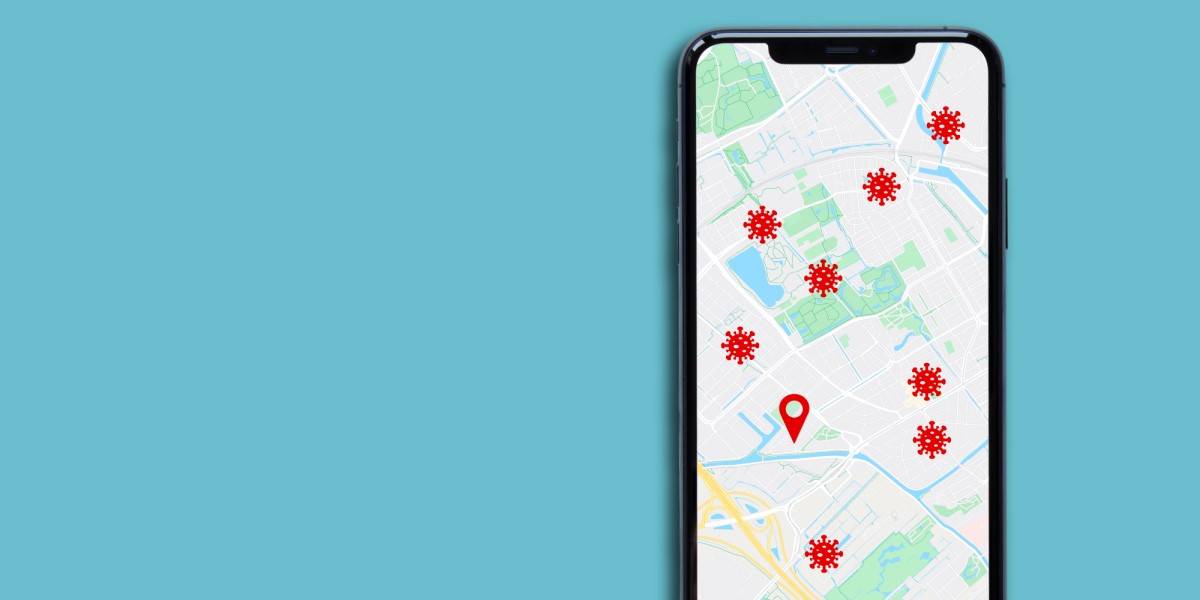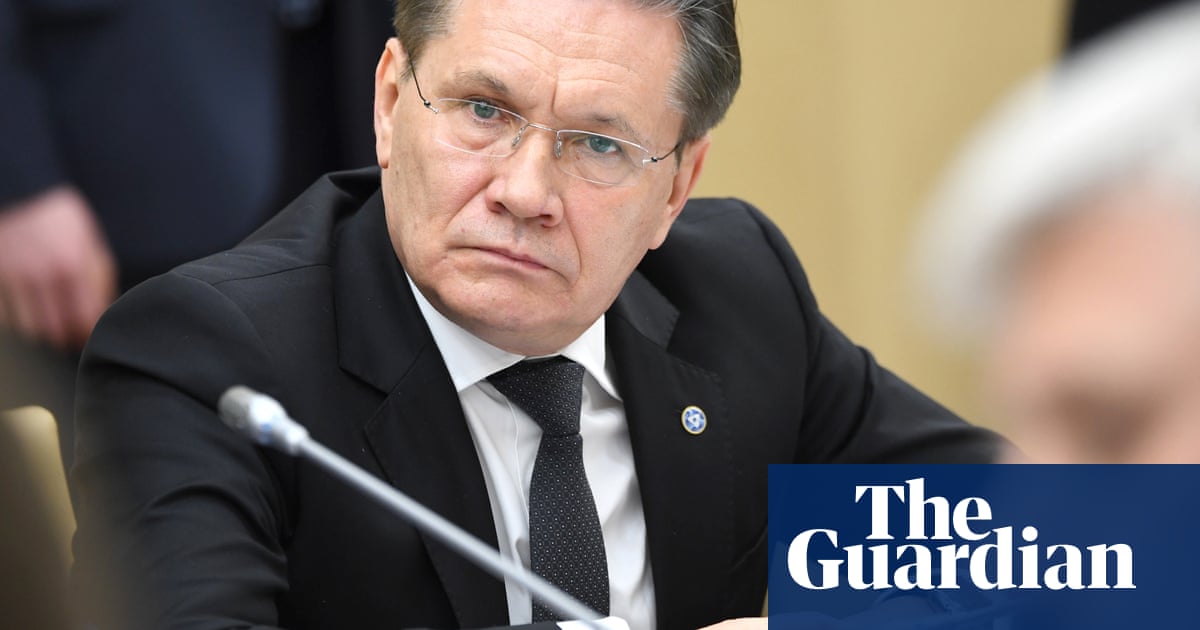Jatketaan Ruotsin ja Suomen vertailua, iltapäivälehdistä otettuna.
Luvut riippuvat siitä mihin aikaan ja mistä lehdestä ottaa joten ovat vaan suuntaa-antavia.
Ruotsi 24.3. kuolleita 36, tehohoidossa 136
Suomi 24.3. kuolleita 1, tehohoidossa 17
Ruotsi 25.3. kuolleita 63 , tehohoidossa 168
Suomi 25.3. kuolleita 3, tehohoidossa 22
Ruotsi 26.3. kuolleita 66, tehohoidossa 142
Suomi 26.3. kuolleita 5, tehohoidossa 24
Ruotsi 27.3. kuolleita 92, tehohoidossa 160
Suomi 27.3. kuolleita 7, tehohoidossa 32
Ruotsi 28.3. kuolleita 102, tehohoidossa 182, sairaalassa 803
Suomi 28.3. kuolleita 9, tehohoidossa 31, sairaalassa 112
Ruotsi 29.3. kuolleita 110, tehohoidossa 269 (ehkä luokittelu muuttunut?), sairaalassa (ei löytynyt)
Suomi 29.3. kuolleita 12, tehohoidossa 41, sairaalassa 134
Ruotsi 30.3. kuolleita 146, tehohoidossa 311, sairaalassa ???
Suomi 30.3. kuolleita 13, tehohoidossa 49, sairaalassa 149
Ruotsi 31.3. kuolleita 180, tehohoidossa 293, sairaalassa 1219 (aftonbladetilla vaihtelee tilastointitapa vähän väliä)
Suomi 31.3. kuolleita 17, tehohoidossa 56, sairaalassa 137
Ruotsi 1.4. kuolleita 239, tehohoidossa 312, sairaalassa 1320
Suomi 1.4. kuolleita 17, tehohoidossa 62, sairaalassa 158
Ruotsi 2.4. kuolleita 282, tehohoidossa 440, sairaalassa ???
Suomi 2.4. kuolleita 19, tehohoidossa 65, sairaalassa 160
Ruotsi 3.4. kuolleita 333, tehohoidossa 361, sairaalassa 1480
Suomi 3.4. kuolleita 20, tehohoidossa 72, sairaalassa 180
Ruotsi 4.4. kuolleita 373, tehohoidossa 374, sairaalassa 1508
Suomi 4.4. kuolleita 25, tehohoidossa 73, sairaalassa 187
Ruotsi 5.4. kuolleita 401, tehohoidossa 397, sairaalassa 1726
Suomi 5.4. kuolleita 28, tehohoidossa 76, sairaalassa 133
Ruotsi 6.4. kuolleita 477, tehohoidossa 415, sairaalassa 1742
Suomi 6.4. kuolleita 27, tehohoidossa 81, sairaalassa 147, sairaalassa(Ruotsi/Suomi)=11,85
Ruotsi 7.4. kuolleita 591, tehohoidossa 439, sairaalassa 1799
Suomi 7.4. kuolleita 34, tehohoidossa 83, sairaalassa 148, sairaalassa(Ruotsi/Suomi)=12,16
Ruotsi 8.4. kuolleita 687, tehohoidossa 451, sairaalassa 1838
Suomi 8.4. kuolleita 40, tehohoidossa 82, sairaalassa 157, sairaalassa(Ruotsi/Suomi)=11,7
Ruotsi 9.4. kuolleita 793, tehohoidossa 464, sairaalassa 1846
Suomi 9.4. kuolleita 42, tehohoidossa 82, sairaalassa 162, sairaalassa(Ruotsi/Suomi)=11,4
Ruotsi 10.4. kuolleita 870, tehohoidossa 486, sairaalassa 1919
Suomi 10.4. kuolleita 48, tehohoidossa 81, sairaalassa 155, sairaalassa(Ruotsi/Suomi)=12,31
Ruotsi 11.4. kuolleita 887, tehohoidossa 504, sairaalassa 1983
Suomi 11.4. kuolleita 49, tehohoidossa 80, sairaalassa 155, sairaalassa(Ruotsi/Suomi)=12,79
Ruotsi 12.4. kuolleita 899, tehohoidossa 500, sairaalassa 2037
Suomi 12.4. kuolleita 56, tehohoidossa 77, sairaalassa 158
Ruotsi 13.4. kuolleita 919, tehohoidossa 519, sairaalassa 2100
Suomi 13.4. kuolleita 59, tehohoidossa 74, sairaalassa 156
Ruotsi 14.4. kuolleita 1033, tehohoidossa 522, sairaalassa 2148
Suomi 14.4. kuolleita 64, tehohoidossa 75, sairaalassa 157, sairaalassa(Ruotsi/Suomi)=13,68
Ruotsi 15.4. kuolleita 1203, tehohoidossa 531, sairaalassa 2167
Suomi 15.4. kuolleita 72, tehohoidossa 75, sairaalassa 151
Ruotsi 16.4. kuolleita 1333, tehohoidossa 527, sairaalassa 2156
Suomi 16.4. kuolleita 75, tehohoidossa 76, sairaalassa 139
Ruotsi 17.4. kuolleita 1400, tehohoidossa 523, sairaalassa 2221
Suomi 17.4. kuolleita 82, tehohoidossa 73, sairaalassa 135
Ruotsi 18.4. kuolleita 1511, tehohoidossa 524, sairaalassa 2121
Suomi 18.4. kuolleita 90, tehohoidossa 70, sairaalassa 129
Ruotsi 19.4. kuolleita 1540, tehohoidossa 522, sairaalassa 2213
Suomi 19.4. kuolleita 94, tehohoidossa 68, sairaalassa 124
Ruotsi 20.4. kuolleita 1580, tehohoidossa 537, sairaalassa 2254
Suomi 20.4. kuolleita 98, tehohoidossa 67, sairaalassa 142
Ruotsi 21.4. kuolleita 1765, tehohoidossa 525, sairaalassa 2183
Suomi 21.4. kuolleita 141, tehohoidossa 63, sairaalassa 139
Ruotsi 22.4. kuolleita 1937, tehohoidossa 517, sairaalassa 2200
Suomi 22.4. kuolleita 149, tehohoidossa 63, sairaalassa 136, sairaalassa(Ruotsi/Suomi)=16,17
Ruotsi 23.4. kuolleita 2021, tehohoidossa 537, sairaalassa 2188
Suomi 23.4. kuolleita 172, tehohoidossa 60, sairaalassa 146
Ruotsi 24.4. kuolleita 2152, tehohoidossa 541, sairaalassa 2205
Suomi 24.4. kuolleita 177, tehohoidossa 61, sairaalassa 138
Ruotsi 25.4. kuolleita 2192, tehohoidossa 556, sairaalassa 2233
Suomi 25.4. kuolleita 186, tehohoidossa 60, sairaalassa 130
Ruotsi 26.4. kuolleita 2194, tehohoidossa 543, sairaalassa 2232
Suomi 26.4. kuolleita 190, tehohoidossa 62, sairaalassa 137
Ruotsi 27.4. kuolleita 2274, tehohoidossa 533, sairaalassa 2307
Suomi 27.4. kuolleita 193, tehohoidossa 56, sairaalassa 131
22.3. Leading indicator: sairaalassa(Ruotsi/Suomi)=320/43=7,44
Ruotsin sairaalassa-luku on nyt toistaiseksi korkein. Huomenna uskon, että kuolleita tulee pitkälle toistasataa kun viikonloppua puretaan.
Ruotsin sosiaalihallitus pitää oma tilastointiaan, jossa kuolonuhrien määrä arvioidaan kymmenen prosenttia korkammaksi.
Kansanterveysviranomainen on rekisteröinyt 2 274 covid-19-tautiin kuollutta ruotsalaista. Sosiaalihallitus uskoo, että kuolonuhreja on huomattavasti enemmän.

yle.fi













